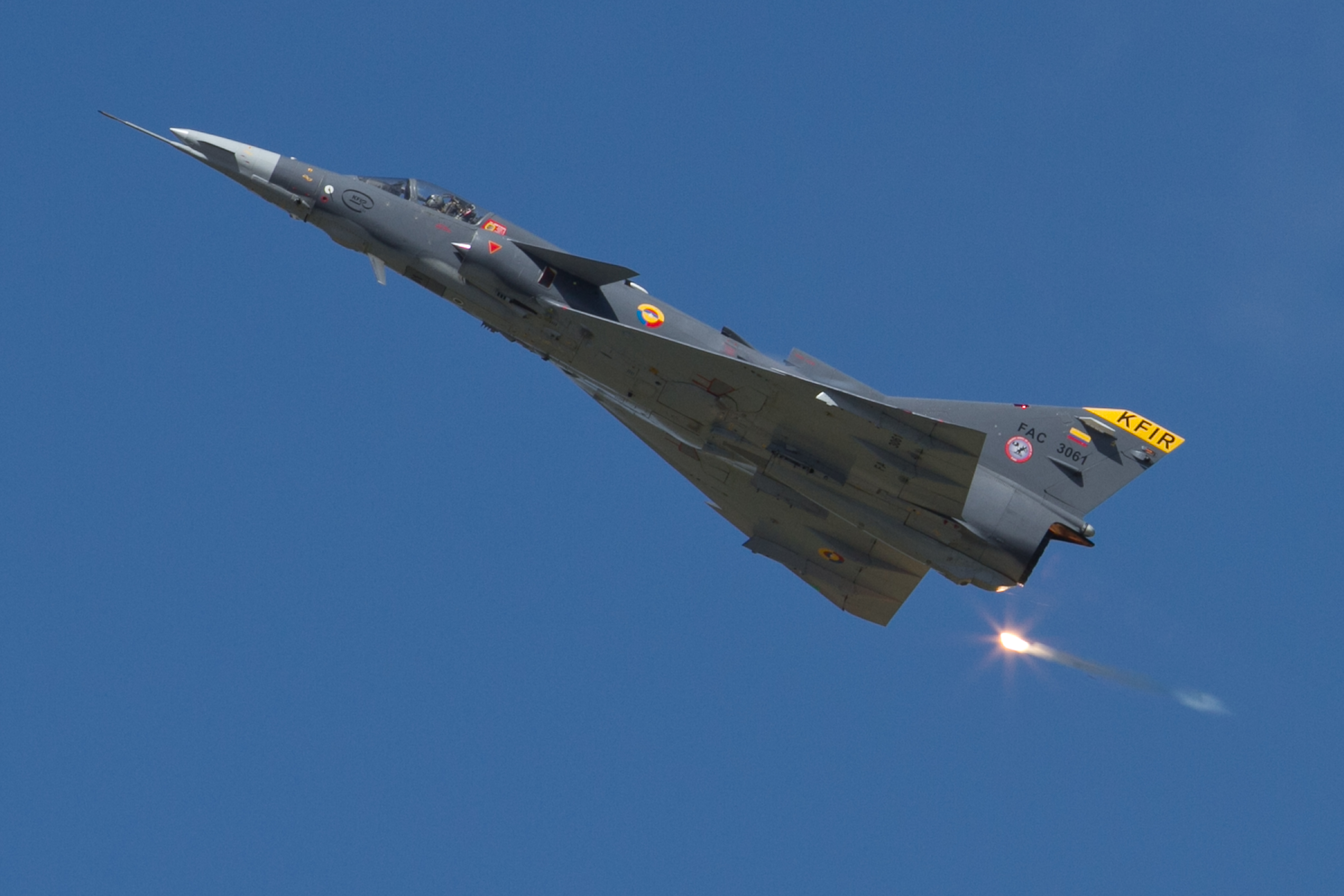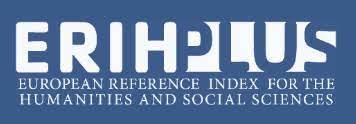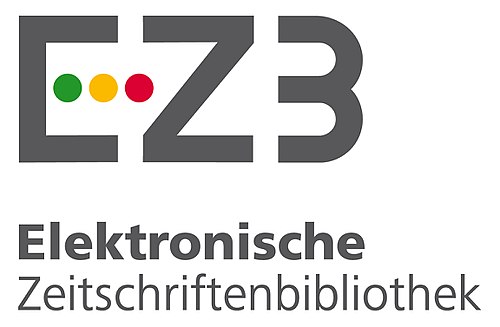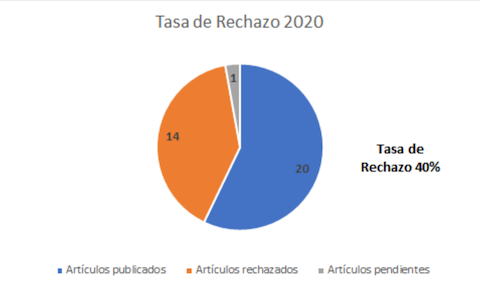Theoretical Review and Application of Space Science to Reduce Fuel Consumption in Rockets and Space Vehicles
DOI:
https://doi.org/10.18667/cienciaypoderaereo.657Keywords:
Economy and Sustainability; Equator; Spacecraft; Rotation SpeedAbstract
This paper approaches the basic foundations of Space Sciences around geometry, earth speed, celestial mechanics, and the use of the advantages offered by our planet for the self-sustainability and profitability of the space industry. The study addresses issues such as the position of space launches and the general costs of putting payloads into space, with a particular focus on Space Science, fuel, energy, and super-heavy spacecraft. In the development of the text some qualitative research techniques were used to describe the possible economic effects of quantifying the savings of space launches, examining the benefits offered by the natural physical characteristics of the spatial position of Colombia and 12 more countries located on different continents, which, due to their geographical location, count on lands at zero latitude on the globe. This information will allow the reader to easily approach a specific area of knowledge with the intention of promoting spatial knowledge through science as a tool for understanding new concepts, favoring contextual analysis and stimulating critical and reflective thinking as a dynamic source of research in a field little studied until now, but with immense possibilities for exploration and multiple benefits for the society.
Downloads
References
Colombia. (1991). Constitución Política de Colombia. Legis.
De la Varga, J. (2005, 5 de diciembre). La escasez de agua, origen de conflictos bélicos para el siglo xxi. Forum Libertas. http://www.forumlibertas.com/la-escasez-de-agua-origen-de-conflictos-belicos-para-el-siglo-xxi/
De Orus, J., Catalá, M., & De Murga, J. (2007). Astronomía esférica y mecánica celeste. Universitat Barcelona.
École Polytechnique Fédérale de Lausanne. (2018). Space Mission Design and Operations, https://edu.epfl.ch/cour-sebook/fr/space-mission-design-and-operations-EE-585
Fuerza Aérea Colombiana. (2019, 22 de julio). Disposición 026. https://www.fac.mil.co/transparencia-y-acceso-informacion-publica/3-estructura-organica-y-talento-humano/mision-vision
García, A. (2010, diciembre). La forma de la Tierra. Física con ordenador, http://www.sc.ehu.es/sbweb/fisica/celeste/forma/forma.htm
Godinez, A. (2012). La defensa contra misiles balísticos. Posible participación de las fragatas F-100. Instituto Español de Estudios Estratégicos.
Graham, W. (2019,19 de enero), ula Delta iv-Fleavy Launches nrol-71 Following Lengthy Delay, nasa. https://www.nasaspaceflight.com/2019/01/ula-delta-iv-heavy-set-to-launch-nrol-71/
International Astronomical Union. (1984). xnth General Assembly. https://www.iau.org/static/resolutions/IAU1964_French.pdf
Lavavasseur, D. (2004). The Tsiolkovsky Formula. Astrosurf. http://www.astrosurf.com/levavasseur/tsiolkovsky/tsiolkovsky_fichiers/Tsiolkovsky.pdf
National Oceanic and Atmospheric Administration (noaa) (2018, octubre), wmo/unep Scientific Assessments of Ozone Depletion, https://www.esrl.noaa.gov/csd/assessments/ozone/
Neff, R., Zitewitz, P., & Davids, M. (1995). Physics, Principles and Problems. Glencoe/McGraw Hill.
Palou, N. (2017,13 de junio). La guerra del agua, un conflicto no tan lejano. La vanguardia, https://www.lavanguardia.com/vivo/ecologia/20170613/423359841404/agua-escasez-conflictos-recursos-problema-onu.html
Piskunov, N., & Medkov, K. (1983). Cálculo diferencial e integral. Editorial Mir.
Poveda, G. (2016). Propuesta de órbita geoestacionaria para el satélite artificial facsatOI simulación [Tesis de maestría]. Universidad del Valle.
Poveda, G., &Álvarez, C. (2020). Colombia y la órbita geoestacionaria: un vínculo geoestratégico inalienable. En C. G. Álvarez (ed.), El espacio exterior: una oportunidad infinita para Colombia. El cielo no es el límite: el futuro estelar de Colombia, 2 {pp. 162-263). Escuela Superior de Guerra “General Rafael Reyes Prieto”.
QuimiNet. (2016, 13 de Enero). Precios de oxígeno (líquido). https://www.quiminet.com/productos/oxigeno-liqui-do-238320545/precios.htm
Schelling, T. (1980). The strategy of conflict. Harvard University Press. SpaceX. (Enero del 2020). Service to Earth Orbit, the Moon, Mars and Beyond, https://www.spacex.com/starship
SpaceX [r/SpaceXLounge]. (2019,26 de enero). Starship vs. New Glenn (Size Comparison) [Entrada foro online]. Reddit. https://www.reddit.eom/r/SpaceXLounge/comments/ajyxx8/starship_vs_new_glenn_size_comparison/
Universidad de Sevilla. (2002). Velocidad de un punto en la superficie de la Tierra (g.i.a.). La Place. http://laplace.us.es/wiki/index.php/Velocidad_de_un_punto_en_la_superficie_de_la_Tierra_(G.I.A.)
Universidad Politécnica de Madrid. (2013). Ecuaciones de dimensión. http://ocw.upm.es/pluginfile.php/381/mod_label/intro/Teor_06OCW.pdf
Wade, M. (s.f.). lh2. Astronautix. http://www.astronautix.com/l/lh2.html
White, F. (1998). The Overview Effect: Space Exploration and Flu man Evolution. American Institute of Aeronautic and Astronautic.
World Wild Fund for Nature. (2015, 5 de marzo). La Amazonia: una región de records, https://wwf.panda.org/es/que_hacemos/sitios_prioritarios/amazonia/la_amazonia_naturaleza/
Zare, R. (1988). Angular Momentum: Understanding Spatial Aspects in Chemistry and Physics. John Wiley & Sons.

Downloads
Published
Issue
Section
License
Assignment of Copyrights
Authors assign Ciencia y Poder Aéreo journal the exclusive rights (reproduction, distribution, public communication, and transformation) to exploit and commercialize their work, in whole or in part, in all the formats and modalities of present or future exploitation, in all languages, throughout the life of the work and throughout the world.
All contents published in Ciencia y Poder Aéreo journal are licensed under a Creative Commons Attribution 4.0 International License, whose complete information is available at http://creativecommons.org/licenses/by/4.0/
Under the terms of this license, users are free to download, print, extract, archive, distribute and publicly communicate the content of articles, provided that proper credit is granted to authors and Ciencia y Poder Aéreo, scientific journal of the Graduate School of the Colombian Air Force. Except when otherwise indicated, this site and its contents are licensed under a Creative Commons Attribution 4.0 International License.
For other uses not considered under this license it is required to contact the Director or the Editor of the journal at the e-mail address cienciaypoderaereo1@gmail.com.
The Graduate School of the Colombian Air Force and this publication are not responsible for the concepts expressed in the articles, including the metadata or the affiliation stated by authors. This is the full responsibility of the authors.





















